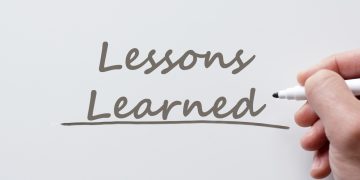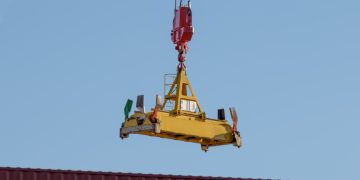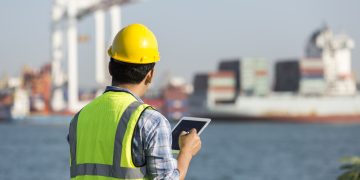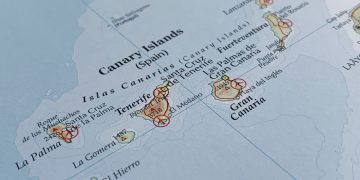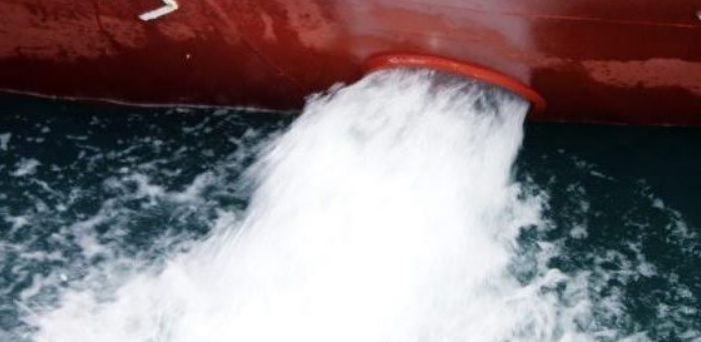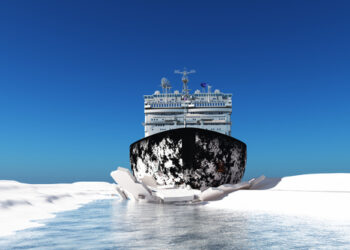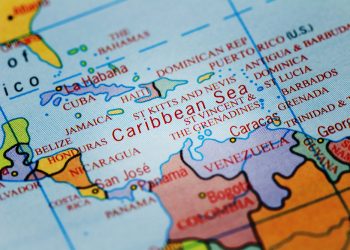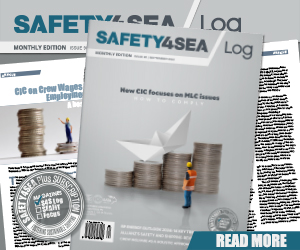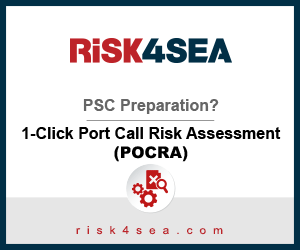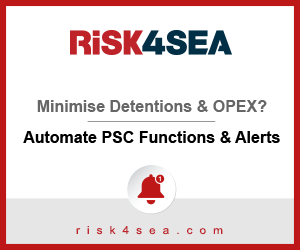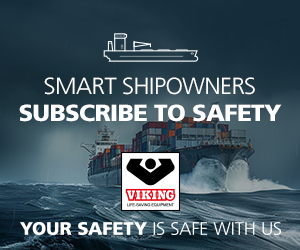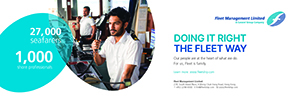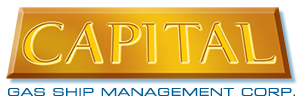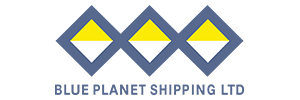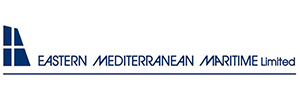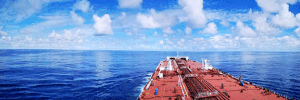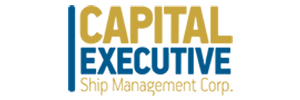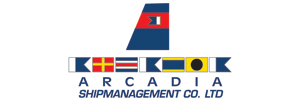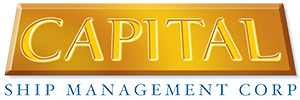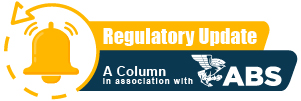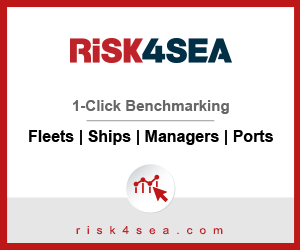Mr. Mark Hadfield, CEO, Flow Water Technologies, addressed the subject of ballast water treatment which is one of those subjects that whenever it is brought up, ship operators tend to avoid, he commented. This is due to the enormous space required for the installation of a BWMS and the many regulations concerning its application. Therefore, Mr Hadfield advised those responsible for the installation and purchase of a BWMS, to make sure you first make a research of every manufacturer, including those that are approved and those that are in the process, as no one has a system that works best on every vessel.
Ballast Water Treatment is one of those subjects that whenever it is brought, up an immediate reaction from a lot of people is to roll their eyes or make excuses to change the subject. In some cases they just walk away.
Personally I don’t blame them. When I was first introduced to the subject the shipowners were fighting the prevent of the convention coming in to force. The excuses given for such a convention from one side were barley plausible, while some manufacturers were quoting as much as 5 million dollars for a single treatment system. I actually remember one manufacturer stating that it was time to reap the rewards as this convention was going to be a cash cow for manufacturers of BWMS.
It’s a very sad way to treat such a respected old school type industry. Maybe I’ve been brought up differently from a back ground of working for a commercial vehicle manufacturer, at a time when European Environmental laws were being forced on to the Haulage operator. It was a time that if you wanted respect from the persons and companies that put the food on your table you needed to work with them and understand their needs and how the European laws would affect their operations and work together. I watched truck manufacturers go bust dictating the rules because it was easier for them to make what they wanted, complying with new European law, rather than accommodating the customers needs first. I mention this as a few weeks ago as highly respected member of the shipping community said that the shipping industry could learn lessons from those who experienced the European onslaught of environmental legislation on the haulage industry and those that adapted with it.
So this brings me to the point of Ballast Water that may touch a raw nerve with some and hopefully introduce something new that might just rekindle interest in the subject.
We all know the rules now, the IMO finally realised that they were letting manufacturers off lightly in the testing process and had to do something about it. The US on the other hand knew how to be strict on a manufacturer testing their equipment but didn’t know what to do with the results, but common sense prevailed. The Ship owners got most of what they wanted, the IMO got ratification and the US got one up on everyone.
So knowing the rules of the convention how do the manufacturers need to meet the needs of the ship owner?
Well firstly, most manufacturers pray for a space like the one below, known as heaven, a free space to fit rather large pieces of equipment with clean access to the ballast lines. You all know that if you want to choose a system today it should really be off the list of manufacturers listed with the US Coast guard.
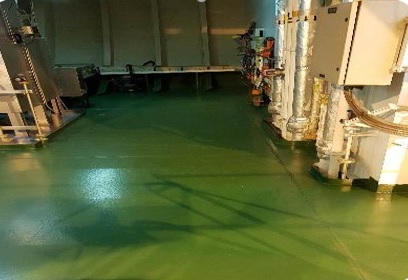
We are in to double figures now of systems available with USCG approval, 3 UV systems, 1 chemical injection and 6 Electrolysis based systems, one more system has applied for its approval and one has applied for amendments.
But amongst the glossy headlines of the who’s who of the Ballast Water world there are harsh realities that don’t always make the headlines. Every manufacturer is aiming at the low hanging fruit, the vessels with the easiest installation. Most of today’s running systems are fitted on Container vessels or bulkers, but mainly at vessels with huge amounts of space.
Ship owners looking at systems have the right to be concerned. Below are examples of equipment attached to systems in operation. It is amazing what you can do with computers. The computers will show the operator what they need to know. But in the real world some systems that are in operation are using Demo mode programs to provide information from faulty equipment like in the photo below:
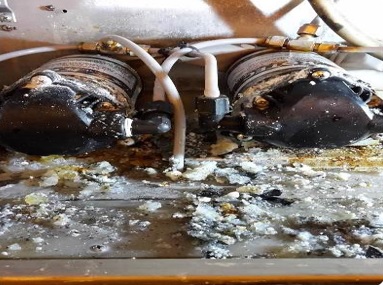
Interestingly enough, a computer was taking information from this system below, which actually had parts missing.

For the records, this is what it should have looked like:
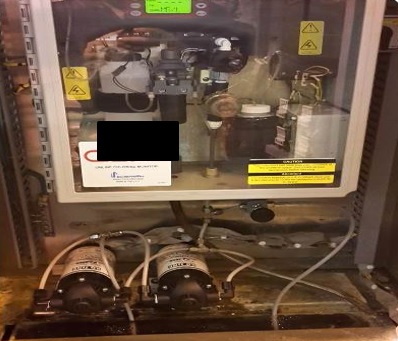
That piece of equipment is actually a very important part of a BWMS and left as it was the ship would have been in trouble if the system was checked under official circumstances.
The above were some of the simplest installations a manufacturer could wish for, yet the owners didn’t get what was paid for, and that is because the manufacturer has made something he thinks he can sell to an industry forced to buy because of legislation.
Just to be politically correct, not all manufacturers are bad boys, there are the good people who are trying.
But are they trying enough? What about other legislations that are coming in to force like low sulphur limits. MRV standards are there to name and shame the polluters, and yet in the areas where the owner has to operate your Ballast system, the rule makers want you to be clean. How do you operate a power hungry monster of a ballast water management system and try to reduce energy consumption to meet other rules?
Well there are some systems out there with IMO approval that have thought of this. There are two systems using none of the previously mentioned technologies, that have shown an intent to apply for USCG approval earlier this year, although I also understand that they are currently not actively engaged in the approval process as of yet. There is also one system that has taken the MRV standards very seriously and they have supplied their letter of intent to the USCG and are now actively engaged with Lloyds, DHI and Mouawad Consultancy for USCG approval.
But imagine now what is going to happen when manufacturers are faced with situations like the following:
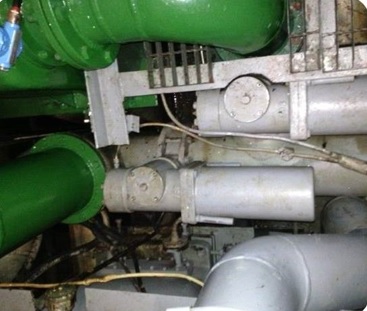
This is a pump room with not enough room to swing the ships cat, let alone the fact that there is another ballast line 5 meters away, a separate ballast line to be accurate which means 2 systems are required. Without spelling it out, unless manufacturers are going to wave a magic wand, who is going to go to the expense of installing a system on a vessel like this when scrapping is the best option.
We all know what’s coming next; Framo pumps for the manufacturers pose a complete nightmare. I don’t even want to think what the ship owner must have to face from a cost point of view alone.
The ideal solution to Framo pumps from the manufacturers’ side is to just lift the pipe work up, run it back to a deck house and then from the treatment back to the original pipework.
My advice to anyone who is going to be responsible for the installation and purchase of a BWMS is to make sure you speak to every manufacturer out there, those that are approved and those that are in the process. Big is not always best, small is not always the worst.
No one has a system that works on every vessel, and if the salesman says so, kick him out.
As your BWMS has got to work for up to 30 years, remember it has to be maintained. Don’t kid yourself that these machines will work on their own and cost nothing to run. Are the manufacturers using a support network to service you, a dressed up way of saying we are short of our own staff, or is the system designed to be maintained properly with dedicated support. These are questions you must ask. These machines have to work in the worst conditions you can imagine.
To a degree, ballast water it’s quite a depressing subject, because it is all about invasive species that cause harm and the only solution is to spend massive amounts of money that harm the industry.
So, I will conclude with a joke:
Did you hear about a guy who walked into a bar full of ship owners?
He said, I may just have invented a BWMS that solves the problem with Framo pumps, and it can be carbon neutral; In fact it is carbon neutral.
But no one laughed, because the guy had listened and worked with those ship owners and it wasn’t a joke.
Above text is an edited article of Mark Hadfield’s presentation during the 2018 SAFETY4SEA Cyprus Conference.
You may view his video presentation herebelow:
The views expressed in this article are solely those of the author and do not necessarily represent those of SAFETY4SEA and are for information sharing and discussion purposes only.
About Mark Hadfield, CEO, Flow Water Technologies
 Mr. Hadfield has 27 years extensive experience in engineering supported by many qualifications and hands on experience. Involved with research and development programs within commercial industries (Water Technology & Commercial Vehicles), he has gained invaluable knowledge and experience from mechanical to electrical engineering. With his engineering ability and knowledge, he has become an expert and innovator within the water treatment industry specialising in limescale management, water sanitisation and water separation. With the experience gained working in extreme conditions, he has designed and manufactured new limescale management products and energy reduction products for the waste water industry. Over the past 12 months he has been involved in the Marine Industry using his past experience to address the problems of Ballast Water Management.
Mr. Hadfield has 27 years extensive experience in engineering supported by many qualifications and hands on experience. Involved with research and development programs within commercial industries (Water Technology & Commercial Vehicles), he has gained invaluable knowledge and experience from mechanical to electrical engineering. With his engineering ability and knowledge, he has become an expert and innovator within the water treatment industry specialising in limescale management, water sanitisation and water separation. With the experience gained working in extreme conditions, he has designed and manufactured new limescale management products and energy reduction products for the waste water industry. Over the past 12 months he has been involved in the Marine Industry using his past experience to address the problems of Ballast Water Management.








